Olympics in Portland?
The City of Portland, OR is predicted to grow by almost 300,00 people in the next 30 years, a 33% increase in population. If the people of Portland wanted to host the Summer Olympics in 2048, what decisions could they make now that will make them a viable candidate by that time? This project looked at how the geodesign framework could be utilized to help make this plan a reality. Our team used a variety of geospatial tools and technologies to tackle this complex issue.
Geodesignhub is an online, browser based mapping tool, a software that helps to manage the negotiation and mediation over the future of a place. The team evaluated the various land uses in Portland as the first step. Each area was given a rating based on its suitability for change. Various locations were identified for potential venues for Olympics and based on the suitability mapping, also what they could be used for after the Olympics were over. For instance, an Olympic Village could be easily be converted to affordable housing; a new stadium might be a home for a new pro baseball or soccer team; a new velodrome and skate park would be well placed to account for growing popularity in these sports.
GeoPlanner is another browser based mapping tool that can easily generate different design scenarios and instantly see their impact on the landscape. In this project we moved past site selection and into site design. Basic metrics were used to create Key Performance Indicators (KPIs) for different land use types such as high density residential, mixed use commercial, and urban parks. Scenarios were generated so that different options could be analyzed within the design options for the venue of choice.
Once a design layout was chosen, the team moved on to CityEngine to create high quality visualizations of final design ideas.
This project was worked on as part of a Penn State Geodesign course.






